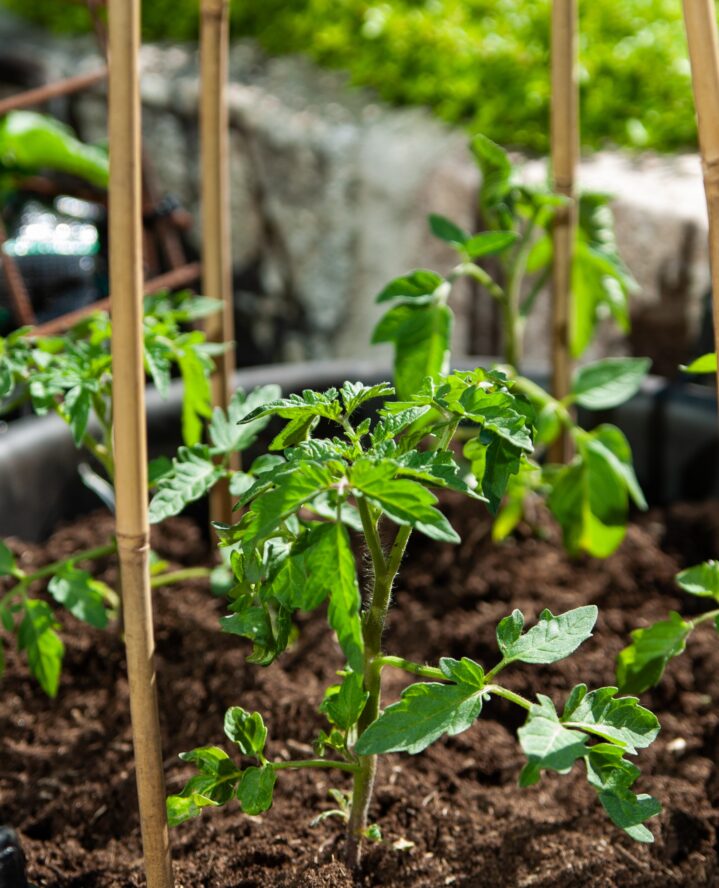Home gardening can be a relaxing activity and even rewarding. It’s a great way to get in tune with nature while appreciating the hard work and fruits of your labor—literally and figuratively. But, if you want your veggie garden to reach its maximum potential, you are going to need to learn how to spot when your veggie garden needs fertilizer.
Don’t waste your precious baby vegetables. You can learn the importance of fertilizing your garden with just a few easy tips and a bit of research. Farmer’s Almanac suggests that beginner gardeners “get a basic soil test in the autumn to see what kind and amount of fertilizer to apply to get to a ‘basic fertility’ level.”
If you want to grow big, luscious veggies plants, it’s time to get your hands a little dirty with fertilizer.
Your Guide To Fertilizing Your Garden
View this post on Instagram
Understanding What Fertilizer Is and Does
Fertilizer is essentially multivitamins for your plants. It is packed with tons of minerals and important supplements that soil and water can’t always provide. Naturally, there are different types of fertilizers for specific plants and gardens. You can either make your own or you can buy it directly from the store. But be cautious, it is possible to overfertilize your plants. Plants with too much fertilizer can cause your veggies to wilt and not grow. It’s important to measure the amount you use and the timing you add it to your garden.
Farmer’s Almanac also offers a breakdown of how to read fertilizer, too: “A fertilizer bag will be labeled with a combination of numbers such as 3-4-4, 8-24-8, or 12-12-12. These three numbers refer to the three most important nutrients plants need: Nitrogen (N), Phosphorus (P), and Potassium (K). The numbers refer to the percentage of the weight of each nutrient in the bag. If you add up the numbers, they are the percentage of the bag’s total weight (the rest is simply filler to make it easy to apply). There may also be other nutrients, including calcium, magnesium, iron, and manganese.”
When To Fertilize
For veggies, you want to apply fertilizer in the spring and mix it into the soil before you plant your seeds or transfer your vegetables from indoors. You can start with a standard vegetable garden fertilizer. With the exception of tomatoes, a 3-4-4 number will suffice for your garden.
Some veggies prefer to be fertilized later in the season. Farmer’s Almanac provided a breakdown of which when to fertilize your garden by vegetable type:
- Cabbage, cauliflower, and broccoli can benefit from more fertilizer three weeks after transplanting.
- Peas, beans, cucumbers, and muskmelons can benefit after blossoming begins.
- Peppers, eggplants, and tomatoes benefit after the first fruit sets, and tomatoes could use more about two weeks after picking your first tomato, and then again a month later.
- Sweet corn can benefit when plants are 8 to 10 inches tall and then one week after tassels appear.
- Spinach, kale, mustard, and turnip greens can benefit when plants are about one-third grown.
- Sweet potatoes, watermelons, carrots, beets, turnips, parsnips, and lettuce should NOT have added nitrogen.
Just remember, test your soil first. Determine which fertilizer is right for your garden goals and apply it in small amounts. Don’t add too much, and wait for nature to do its thing. You’ll have an abundant garden in no time.
popular posts
- 1It’s Black Business Month, So Let’s Go Shopping and #BuyBlack!
- 2These Home Decor Items Will Instantly Make Your Space Look Outdated
- 3Black-Owned Home Decor Stores To Support Across the United States
- 4A Look Inside Elon Musk's Tiny $50,000 House
- 57 Black and Multicultural Designers To Follow For Design Inspo
FOLLOW ALONG ON INSTAGRAM
#homeandtexture
Find us on social for more home inspiration where culture, personal style, and sophisticated shopping intersect to help you create a home where you love to live.




